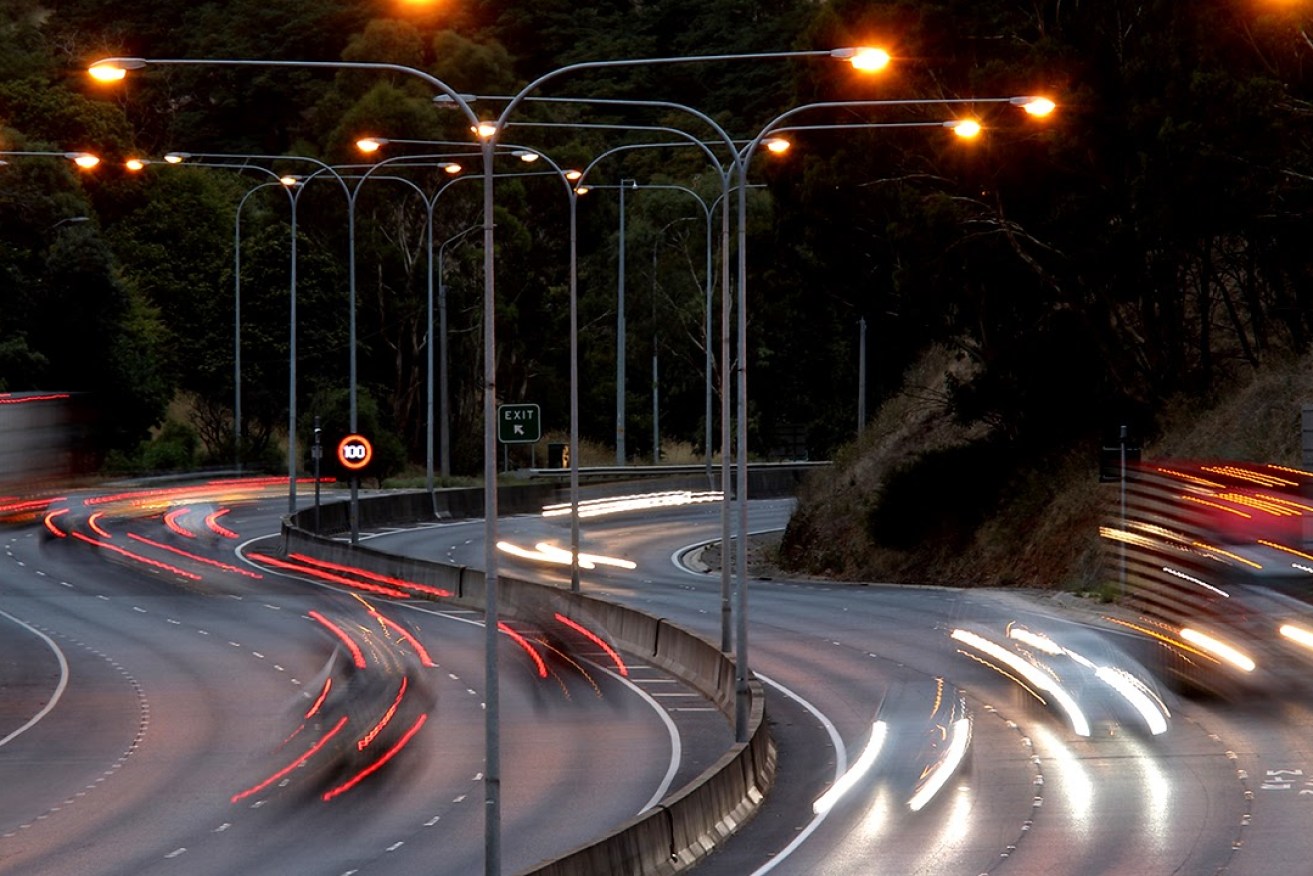Speed trap: Govt caught between lowering and raising limits
The State Government is standing by its vow to lift speed limits on a selection of country roads, despite a soaring road toll and the impending development of a new road safety strategy which will consider doing the opposite.


Is the Government's election promise on speed limits at odds with the aims of its Speed Management Strategy? Photo: Tony Lewis/InDaily
The Liberals in Opposition promised to reverse a decision by the previous Weatherill Government to lower speed limits on eight country roads from 110km/h to 100km/h.
Since the election, however, Transport Minister Stephan Knoll has refused to say when this would happen.
Now, his department has gone to tender seeking a contractor to develop a new Speed Management Strategy for the state, which will look at whether current maximum speed limits are safe.
The strategy tender document says it should adopt the recommendations of the 2018 national inquiry into road safety, which was heavily in favour of lower speed limits on country roads in particular.
“The speeds adopted on the rural road network are still greater than the capacity of vehicles to protect the occupants,” the inquiry found.
The tender document says the strategy should seek to change the “prevailing norms about speed, speed limits and compliance”.
However, Knoll confirmed today that he would deliver higher speed limits in country areas at an unnamed date in the future.
“The former Labor government had a policy to slash country speed limits instead of investing in and maintaining our regional road network.,” he said in a statement.
“The Marshall Government will invest in country roads.”
He said regional road funding contained in the federal Budget and the state’s “Royalties for Regions” program would “enable us to upgrade these country roads so we can safely restore the speed limits slashed under the Labor government”.
Labor’s road safety spokesman, Lee Odenwalder, said the State Government’s approach didn’t make sense.
“The Liberals’ approach to road safety is utterly confusing,” he said.
“Before the election, they promised to increase speed limits. Now they’re talking about lowering speed limits. Meanwhile, the Liberals are closing down the MAC (Motor Accident Commission).
“In light of this year’s already high road toll, the government needs to be investing more in road safety, not less, and sending clear, consistent messages to the public.”
South Australia’s road toll has soared this year, with 40 people losing their lives so far. Less than a third of the way into the year, the state is already half-way towards reaching the total 2018 toll, which was 80.
At the end of April last year, 26 people had died in road crashes. In the worst year of the past five – 2015 – the fatality figure by the end of April was 29.
Country roads typically claim many more lives than city trips, according to the Motor Accident Commission, with the highest percentage of fatal crashes involving a vehicle hitting a fixed object.
The soon to be abolished MAC reports that 28 per cent of fatalities on our roads in 2018 occurred in crashes where speeding was considered a contributing factor.
“A reduction of 5km in average travel speed would reduce rural casualty crashes by approximately 30 per cent and urban crashes by approximately 25 per cent,” the MAC contends.
“The risk of a casualty crash almost doubles with every 5km increase in speed on a 60km speed limited road, or with each 10km increase in speed on 110km roads.”
A Department of Planning, Transport and Infrastructure spokesperson said the Speed Management Strategy was a cornerstone of the “Safe System” approach to road safety adopted by all jurisdictions in Australia.
The principles of that approach included ensuring that “the forces in collisions do not exceed the limits of human tolerance”.
“Speeds must be managed so that humans are not exposed to impact forces beyond their physical tolerance,” the spokesperson said in relation to the Safe System principles. “System designers and operators need to take into account the limits of the human body in designing and maintaining roads, vehicles and speeds.”
The strategy will “provide the appropriate direction for managing speed environments across the breadth of South Australia”.
The tender documents say proposers are expected to consider:
- The South Australian environment along with prevailing attitudes to speed, mobility and its barriers, and its current maximum posted speed limits.
- The benefits of a multi-disciplinary approach and the various roles that might be played (for example) by including planning, engineering, behaviour change, psychology etc.
- Systems thinking, innovation, emerging technologies and future orientation.
- Leading international practice.
- How to generate ownership of the strategy by senior Government decision makers.
Want to comment?
Send us an email, making it clear which story you’re commenting on and including your full name (required for publication) and phone number (only for verification purposes). Please put “Reader views” in the subject.
We’ll publish the best comments in a regular “Reader Views” post. Your comments can be brief, or we can accept up to 350 words, or thereabouts.
InDaily has changed the way we receive comments. Go here for an explanation.




